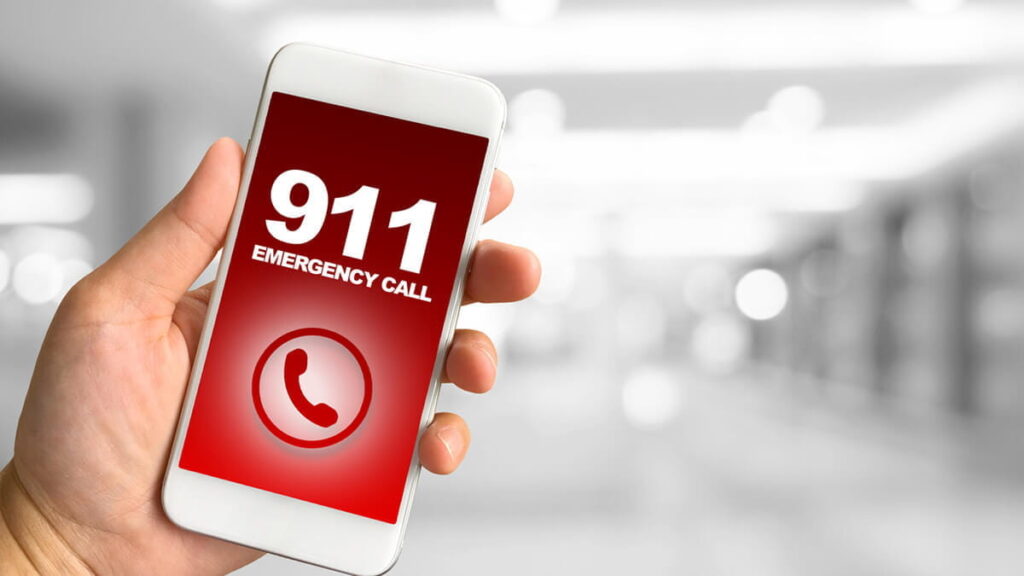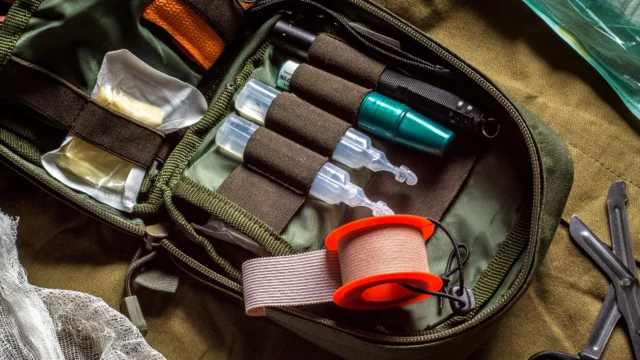Accidents and emergencies can happen at any time, whether at home, work, or in public spaces. Knowing the basics of first aid can be the difference between life and death in critical situations. While it is always important to seek professional medical help, having some essential first-aid knowledge can help you provide immediate assistance and support until professional help arrives. In this article, we will cover the fundamental aspects of first aid for everyday emergencies.
1. Assess the Situation
The first step in providing first aid is to assess the situation carefully. Ensure your own safety before approaching the injured person. Check for potential hazards and make the area safe for you and the victim.
2. Call for Help

If the situation is serious or beyond your ability to handle it, call emergency services immediately. Quick action can save lives, so don’t delay if professional assistance is needed.
3. Basic CPR (Cardiopulmonary Resuscitation)
CPR is a life-saving technique that helps maintain blood flow and oxygen supply to vital organs when someone’s breathing or heartbeat has stopped. The technique involves chest compressions and rescue breaths, and it is crucial to administer CPR properly to maximize its effectiveness. If you want to learn more about the proper procedures for CPR and get certified in this essential skill, for comprehensive training and resources you can visit https://cprcertificationnow.com.
4. Dealing with Bleeding
For minor cuts and wounds, clean the area with mild soap and water and apply a sterile bandage. For severe bleeding, apply direct pressure to the wound with a clean cloth or bandage and elevate the injured area to help control the bleeding until medical help arrives.
5. Handling Fractures and Sprains
If you suspect a fracture, avoid moving the injured person unless necessary. Stabilize the affected limb using splints or improvised materials and seek medical attention promptly. For sprains, use the R.I.C.E method: Rest, Ice, Compression, and Elevation, to reduce pain and swelling.
6. Choking
If someone is choking and unable to speak or breathe, use the Heimlich maneuver (abdominal thrusts) to dislodge the object blocking their airway. Be cautious while performing this procedure, as improper execution may cause injury.
7. Treating Burns
For minor burns, cool the affected area under cold running water for at least 10 minutes to relieve pain and prevent further damage. For more severe burns, cover the area with a clean, non-stick dressing and seek medical assistance immediately.
8. Recognizing Signs of Allergic Reactions

Know the signs of severe allergic reactions, such as difficulty breathing, swelling of the face or throat, and hives. If someone is experiencing an anaphylactic reaction, administer an epinephrine auto-injector if available and call for emergency help.
9. First Aid for Heatstroke and Hypothermia
In extreme temperatures, be aware of heatstroke and hypothermia risks. Move the person to a cooler or warmer environment, depending on the situation, and take appropriate measures to regulate their body temperature while waiting for medical help.
Conclusion
Being prepared with the basic knowledge of first aid can make a significant difference during emergencies. Consider taking a certified first aid course to enhance your skills and be better equipped to handle unexpected situations effectively. Remember, while first aid is essential, professional medical attention should always be sought as soon as possible.



